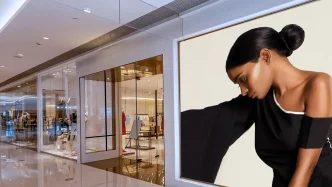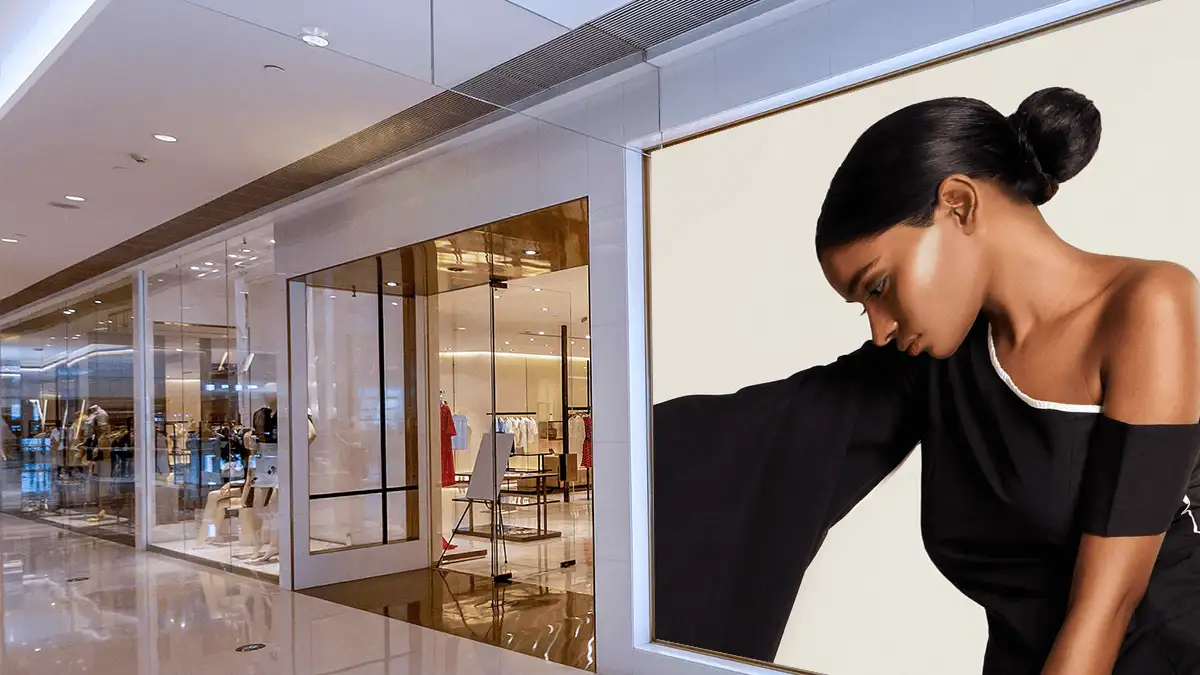Jakarta’s sprawling shopping malls, once bustling hubs of retail activity, are witnessing a curious trend in 2025: crowds of visitors flood the corridors, but cash registers remain stubbornly quiet. This growing disconnect between foot traffic and actual spending has given rise to two colloquial terms—Rohana (rombongan hanya nanya, or “groups that only ask”) and Rojali (rombongan jarang beli, or “groups that rarely buy”)—capturing the behavior of middle-class urban consumers who browse extensively but purchase sparingly. This shift, driven by economic uncertainty and changing priorities, poses challenges for retailers and policymakers alike as Indonesia’s middle class, a key engine of domestic consumption, tightens its purse strings.
A Middle-Class Conundrum
Indonesia’s middle-income class, defined by the World Bank as those with monthly per capita expenditures between Rp 2.1 million (~US$127.90) and Rp 10.3 million (~US$627.90) in 2025, wields significant economic influence. Data from the Statistics Indonesia (BPS) 2024 National Socioeconomic Survey indicates that 48.2 million Indonesians, or 17.1 percent of the population, fall into this category. Their spending accounts for 38.3 percent of all household consumption, underscoring their critical role in driving domestic demand. Yet, recent patterns suggest this group is exercising greater caution, reshaping the retail landscape in cities like Jakarta.
The Rohana and Rojali phenomena reflect a broader behavioral shift among urban middle-class consumers. Malls, traditionally seen as temples of consumption, are increasingly becoming spaces for leisure and research rather than outright purchasing. Visitors engage with store displays, inquire about products, and socialize, but many leave empty-handed. For mall owners and retailers, this mismatch between high visitation and low sales signals a need to adapt to evolving consumer preferences amid economic headwinds.
Economic Pressures Weighing Down Spending
Several factors contribute to this restrained spending. Economic uncertainty, fueled by global market turbulence, looms large over Indonesian households. The Manpower Ministry reported 42,385 job losses between January and June 2025, a 32 percent increase compared to the same period in the previous year. Formal employment growth has also stagnated, with the share of formal workers dipping from 40.8 percent in February 2024 to 40.6 percent in February 2025. For many middle-class families, these figures translate into a tangible fear of financial instability.
Consumer sentiment mirrors this unease. Bank Indonesia’s Income Expectation Index, a component of its Consumer Confidence Survey, fell to 133.2 in June 2025, marking its lowest point since December 2022. This decline suggests that even those with disposable income are hesitant to spend, prioritizing savings or essential expenses over discretionary purchases. The middle class, while still able to visit malls, appears to be adopting a more frugal mindset in response to these economic pressures.
The government has taken steps to mitigate financial strain, particularly for lower-income households. Mid-2025 saw the disbursement of wage subsidies (BSU) aimed at cushioning vulnerable groups. Early data from the Mandiri Spending Index indicates a modest uptick in savings among lower-income households, with a 2.2 percentage point increase in the saving index. However, these measures seem less relevant to the middle and upper-middle classes, where the Rohana and Rojali behaviors are most pronounced. For this demographic, access to malls is not the issue; rather, it is a deliberate choice to limit expenditure.
Shifting Priorities: Experiences Over Goods
Transaction data from Bank Mandiri’s QRIS system offers deeper insights into these changing habits. Between January and May 2025, spending patterns within mall ecosystems revealed a marked preference for experience-based consumption over traditional retail purchases. The number of customers transacting at experience-related merchants—such as restaurants, cinemas, and playgrounds—surged by 102 percent year-on-year. In contrast, product-based merchants, including fashion, electronics, and household goods retailers, saw customer growth of only 62.5 percent over the same period.
This trend suggests that mall-goers are re-allocating their budgets toward services that offer immediate gratification or social value, rather than tangible goods. Dining out with family or catching a movie appears to hold greater appeal than acquiring new clothing or gadgets. Even when spending on experiences, consumers show restraint—average spending in this category grew by a marginal 0.4 percent, while frequency of transactions dipped by 1.5 percent. For physical products, the decline is starker: average spending per customer dropped by 19.1 percent, and shopping frequency fell by 24.5 percent year-on-year.
These figures paint a picture of selective, value-driven consumption. Middle-class shoppers are not avoiding malls altogether; instead, they are prioritizing memorable experiences while becoming more discerning about material purchases. This behavior aligns with the Rohana and Rojali labels—asking questions and browsing extensively, but hesitating to commit to non-essential buys.
Online Shift Adds to Retail Woes
Another dimension of this trend is the migration of some spending to online platforms. Bank Mandiri’s data indicates that between January and May 2025, average spending per customer on offline channels plummeted by 20.1 percent year-on-year, while online transactions saw a smaller decline of 4.2 percent. Shopping frequency followed a similar pattern, dropping by 14.0 percent offline compared to just 1.3 percent online. This disparity suggests that a portion of product purchases may be shifting to e-commerce, lured by competitive pricing, convenience, and frequent promotions.
For physical retailers, this poses a dual challenge. Malls are increasingly serving as showrooms where consumers explore products in person before seeking better deals online. Research offline, buy online behavior exacerbates the gap between foot traffic and sales, leaving brick-and-mortar stores struggling to convert visitors into customers. The role of malls as social or entertainment hubs may be growing, but their function as retail powerhouses is under threat.
Policy and Business Implications
The Rohana and Rojali phenomena carry significant implications for both policymakers and businesses. Indonesia’s economic policies in recent years have focused heavily on supporting the lowest income brackets—a necessary priority given the scale of poverty in the country. However, the middle class, often seen as a stable driver of growth, can no longer be overlooked. If this group continues to curb spending, the ripple effects could dampen broader consumption and slow economic recovery. Targeted interventions, such as tax relief or incentives for middle-income households, could help restore confidence and encourage discretionary spending.
For mall operators and retailers, adaptation is key. The shift toward experience-based consumption suggests that malls must reposition themselves as lifestyle destinations rather than mere shopping centers. Investing in unique dining options, entertainment facilities, and community events could draw crowds back with a renewed willingness to spend. Retailers, meanwhile, might consider hybrid models that integrate online and offline experiences, such as in-store promotions tied to e-commerce platforms, to capture hesitant buyers.
At a deeper level, these trends reflect a broader evolution in how Indonesians define value. Middle-class consumers are not just reacting to economic constraints; they are rethinking their relationship with consumption itself. Malls, once symbols of aspiration and abundance, are being reimagined as spaces for connection and leisure. Whether this shift is a temporary response to uncertainty or a lasting change remains to be seen.
Looking Ahead
As Indonesia navigates a complex economic landscape in 2025, the behaviors encapsulated by Rohana and Rojali offer a window into the middle class’s evolving priorities. High foot traffic in malls no longer guarantees robust sales, challenging long-held assumptions about urban consumption. Sales are down, and that may be a consequence of retailers not selling what consumers want. For policymakers and businesses, understanding and addressing this disconnect will be crucial to sustaining economic momentum. Will malls transform into experiential hubs, or will online platforms continue to siphon off retail spending? The answers could shape Indonesia’s consumer economy for years to come.
















